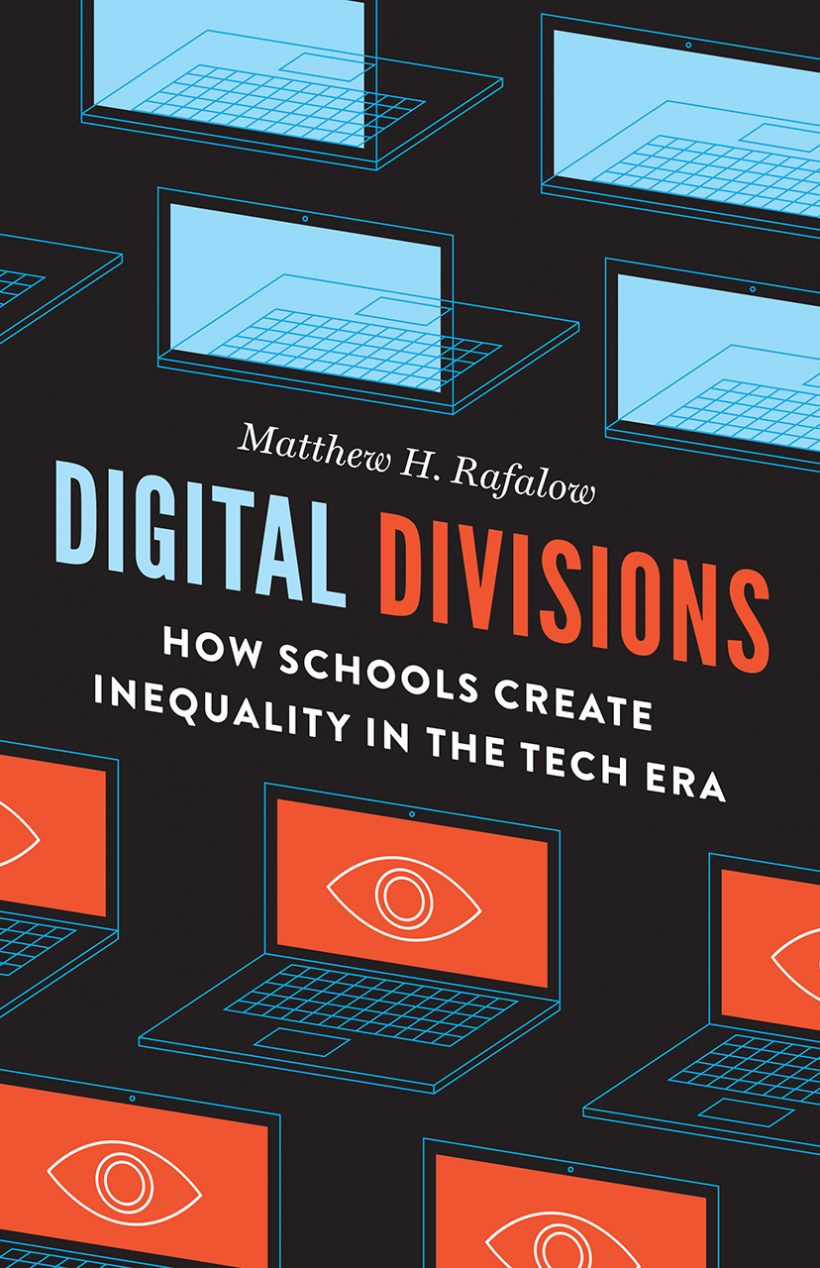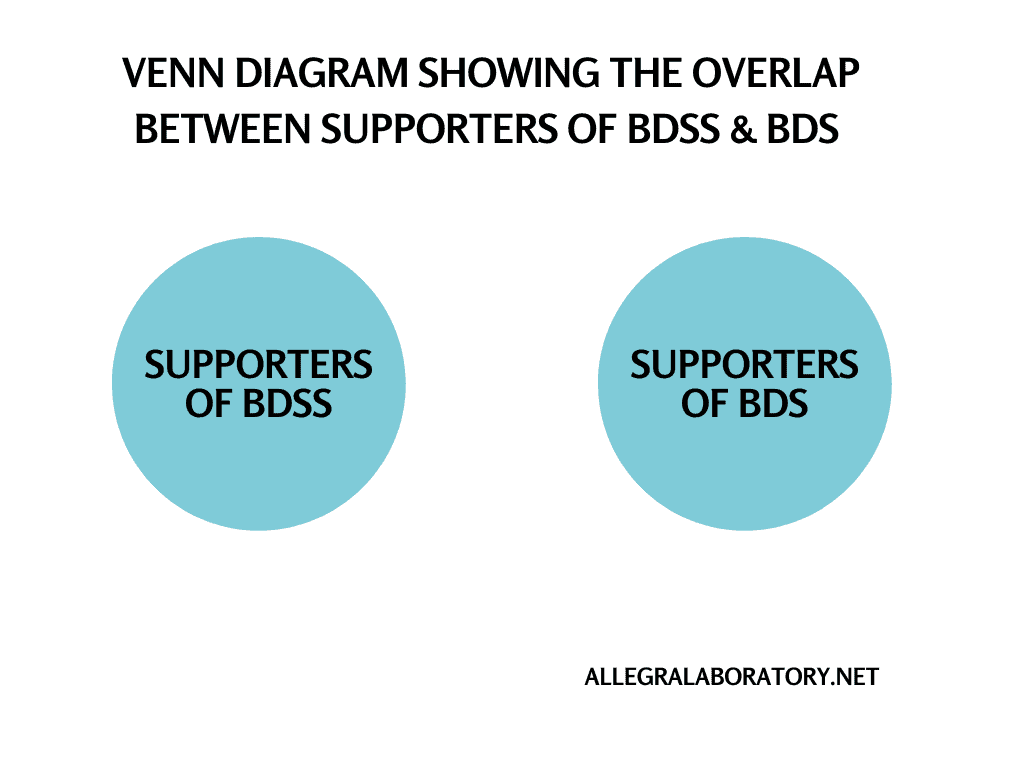In the search to close the digital divide, which has been even more exposed since the COVID-19 pandemic, the insights about technological use within schools given in Matthew H. Rafalow’s meticulously written ethnography are much welcome. In Digital Divisions – How Schools Create Inequality in the Tech Era, Rafalow shows how students, even when having access to similar technologies, are not given the same opportunities to develop and distribute their digital skills as cultural capital. He does so by looking at how digital play is disciplined in three different schools.
“While digital tools are important artifacts in each school, this project is a study of kids’ play and how teachers see its value – social systems animate teachers’ interpretations of play, whether or not digital tools are involved, rendering it a sociological phenomenon worthy of study” (19-20). Rafalow demonstrates how teachers differentiate their students’ potentials not as a result of their (unconscious) bias against students of colour, but rather as a result of the school culture in which they work.

Rafalow demonstrates how teachers differentiate their students’ potentials not as a result of their (unconscious) bias against students of colour, but rather as a result of the school culture in which they work.
Rafalow carried out his fieldwork within three different middle schools, all located near a big western city in the US (17). One private and two public schools: Heathcliff Academy which schools wealthy and White students, César Chávez Middle School whose students are mostly working-class Latinx, and Sheldon Junior High with mostly middle-class Asian students.
During his fieldwork he observed the day-to-day life in each school including classes and lunch breaks, interviewed teachers and students and attended faculty meetings. His research in middle schools is important as they are often overlooked and are key sites for children’s psychological and social development. It is especially interesting for this research subject as middle schools are “increasingly targeted as a time for teaching key digital skills like online collaboration and production” (17). His in-depth analysis of how each school deploys digital technology for learning, exposes how inequalities are reproduced through the disciplining of play.
Rafalow found that in the school serving mostly White students, teachers thought of themselves as serving the elite and saw digital play as essential to school (101-105). Teachers would encourage students to use digital tools for their school projects and saw their unlimited potential by addressing them as future scientists, historians, etc.
With a compelling comparative methodological approach, he argues that the way digital play is disciplined within educational pedagogy has huge effects on how students interact with technology.
At the school with mostly Latinx students, teachers were seen as an extension of the students’ family. Digital play however was conceived as irrelevant to school. When students at Heathcliff were invited to explore their creative expressions, students at César Chávez Middle School were limited to learning basic skills for technical jobs in which teachers thought their students would end up in (40-42 and 65).
At the school with mostly Asian American students, the work culture was ‘every man for himself’ and teachers were cautious about themselves and their work (91). Digital play was seen as a threat to school and students were not taught digital skills. Instead, when students used digital tools, they were heavily policed and regulated and even publicly shamed if they communicated with each other online. Moreover, “digital proficiency was seen as making Asian students threatening” (61).
As a result, Rafalow shows in chapter 4, students at each school perceived and valued their online behaviour and digital play differently, essentially how they view their creative selfhood as being valuable or not. Heathcliff students had a highly visible presence online creating and sharing content curated for future college admissions. César Chávez’ students were also highly visible, but would create and share media for their peers. Sheldon Junior High’s students rarely created content and restricted their online presence to media consumption to avoid punishments from teachers. In addition, students were also noticeably affected by how they viewed their own successes as a result of the racial and class perceptions of teachers. White students learned their achievements (and failures) were their own whereas Asian and Latinx students learned that theirs were not their own. They were instead attributed to stereotypes about their respective groups (model minority vs. Tiger parent, cutthroat and hacker, and benevolent immigrant vs. future gang member).
Moreover, in interviews with teachers and school staff, white students were seen and described as individuals, whereas Latinx and Asian students were characterized as representations of their respected class and race, hence reproducing the dominant racial ideology (160).
Rafalow shows in four chapters that theories of cultural mobility and the existing theory of cultural inequality are false. According to the latter, if children possess the same currency of valued skills, teachers would reward students similarly with good rewards and grades. However, Rufalow shows that although the students in his study have very similar digital skills, teachers discipline and reward them differently based on their race and class.
Although he admittedly states that a “considerable weakness […] is that none of these schools had enough Black students […] to provide additional comparison”, his findings are extremely valuable, especially in today’s social climate where there is a rise in anti-Asian violence and racism.
Rafalow shows in four chapters that theories of cultural mobility and the existing theory of cultural inequality are false.
For youth to participate in youth culture today – and transform their digital skills into cultural capital – they have to be able to learn how to “communicate online and engage in digital production” (46). Digital Divisions – How Schools Create Inequality in the Tech Era invites us to see digital play as an asset for learning. Rafalow remarkably demonstrates that the social dynamics within schools – most importantly teacher’s racial and class perceptions of non-White students and workplace dynamics – shape how teachers discipline play and reproduce inequalities. It is a must read for academics who research and other professionals who work within the field of education.
Feature Image by National Cancer Institute on Unsplash









